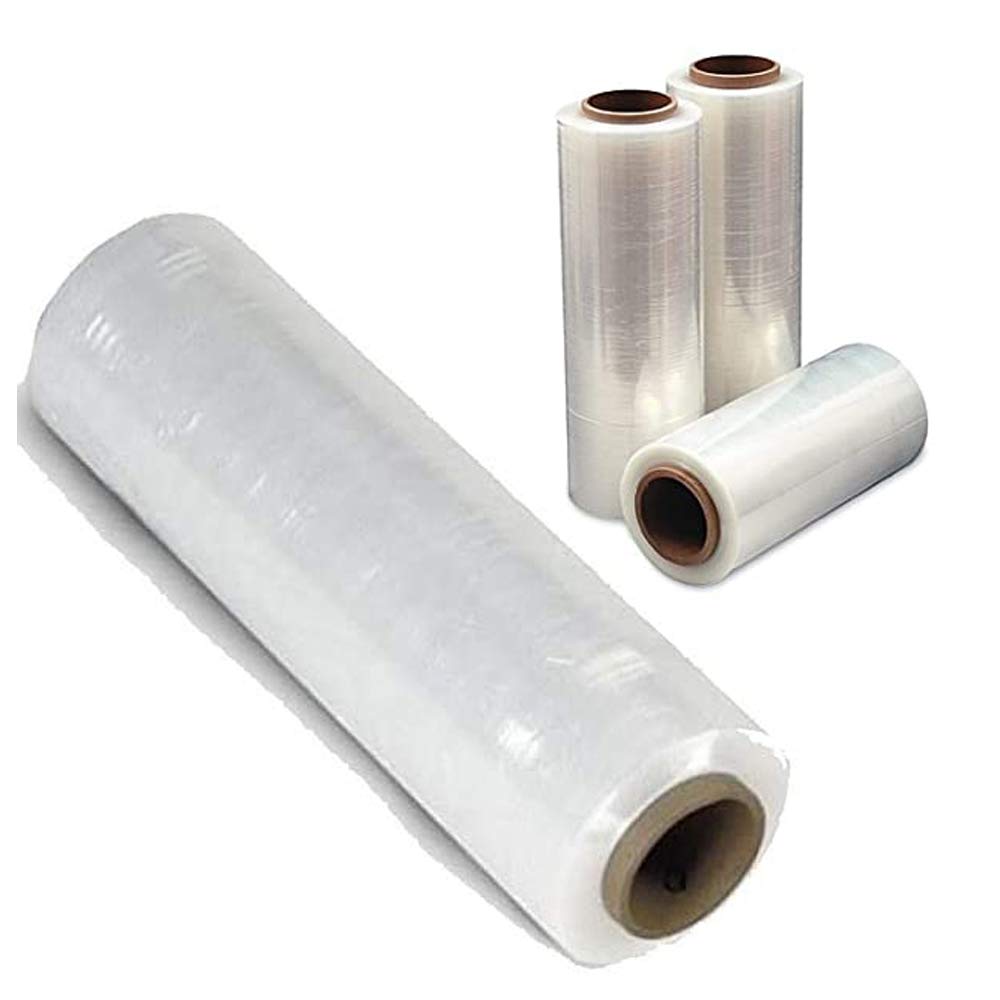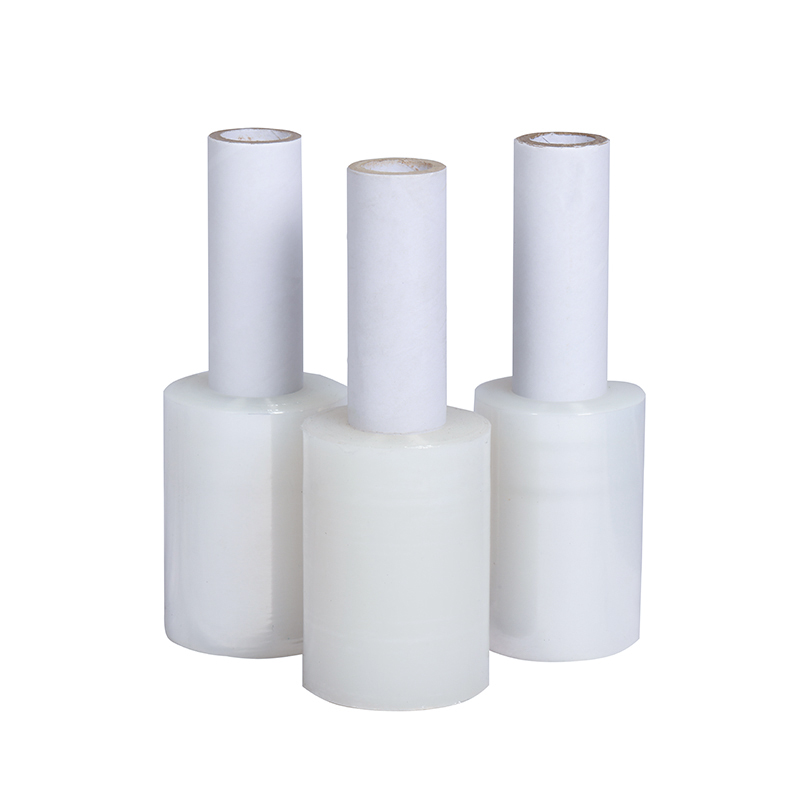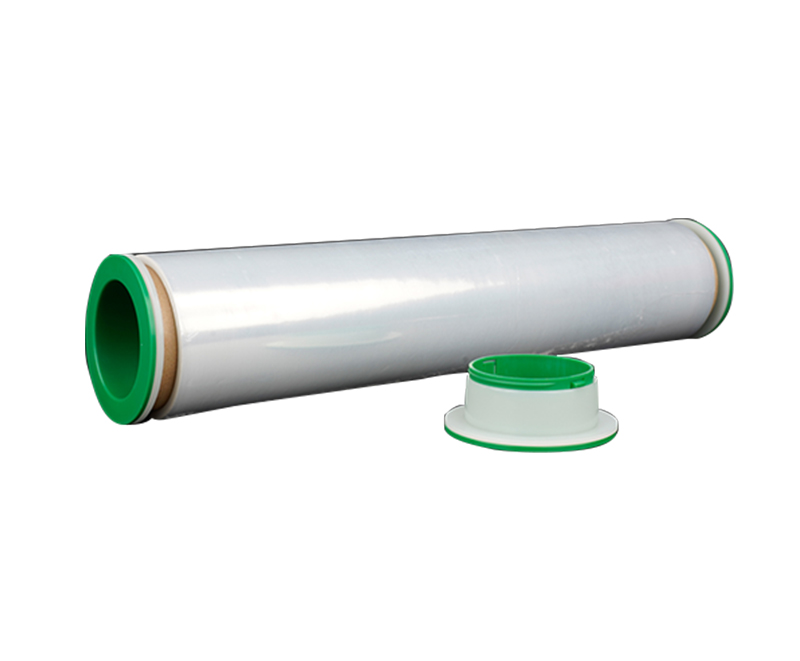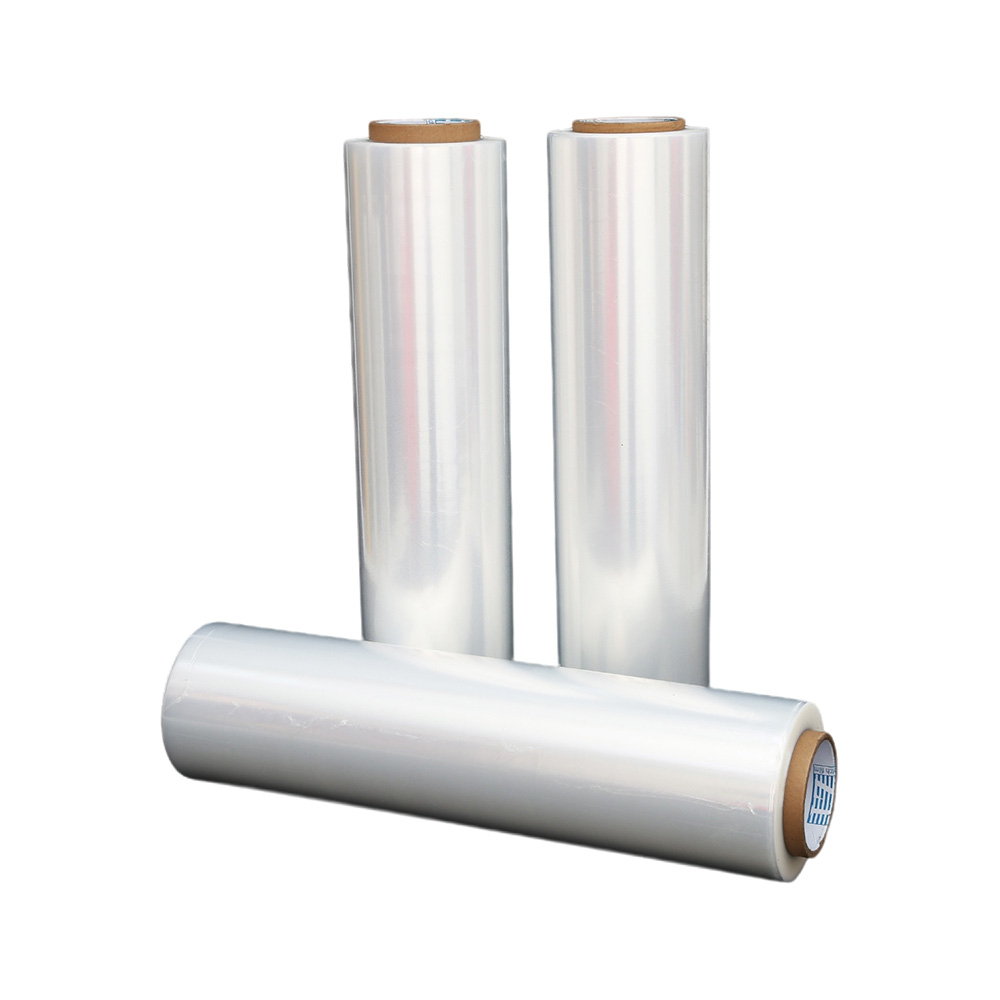What Size is a Shrink Film?
Source:What Size is a Shrink Film?Time:2024-12-30Visitors:
Introduction
In the realm of packaging, shrink film stands out as a versatile and essential material used across various industries. Its ability to conform tightly around products makes it invaluable for ensuring product integrity during storage and transportation. However, the effectiveness of shrink film is significantly influenced by its size. Understanding the dimensions of shrink film and selecting the appropriate size for specific packaging needs is crucial for maximizing both protection and efficiency. This article delves into the intricacies of shrink film sizes, exploring how different dimensions cater to diverse packaging requirements and how businesses can optimize their packaging processes through informed size selection.
Understanding Shrink Film Sizes
Shrink film comes in a variety of sizes, each tailored to meet specific packaging demands. The size of a shrink film is typically measured by its width and length, which determine how much product it can cover and the ease with which it can be applied. Standard widths range from as narrow as 24 inches to as wide as 60 inches, while lengths can vary based on roll size and application machinery. Choosing the right size is not merely a matter of fitting the product but also involves considering the operational aspects of packaging processes. The dimensions of shrink film directly impact its performance, cost-efficiency, and the overall quality of the packaging.

Factors Influencing Shrink Film Size Selection
Several factors play a pivotal role in determining the appropriate size of shrink film for a given application. Primarily, the dimensions and shape of the product dictate the film size. Larger or irregularly shaped products require wider or custom-sized films to ensure complete coverage and adequate shrinkage. Additionally, the volume of packaging operations influences size selection; high-volume environments may benefit from standardized, larger rolls to minimize downtime and streamline processes. Environmental considerations also come into play, as choosing the right size can enhance material efficiency and reduce waste, contributing to more sustainable packaging practices. Moreover, the type of shrink film—whether polyolefin, PVC, or polyethylene—can affect size suitability based on their specific shrink characteristics and application requirements.
Common Shrink Film Sizes and Their Applications
Shrink films are available in various standard sizes, each suited to different packaging scenarios. For instance, a 24-inch wide shrink film is often ideal for smaller, individually packaged items like electronics, cosmetics, and food products. These films provide a snug fit, ensuring that the product is securely sealed and protected from environmental factors such as dust and moisture. On the other end of the spectrum, wider films, up to 60 inches, are designed for bulkier items or multi-packaging applications. These larger films are commonly used in industrial settings for bundling items such as beverage packs, hardware sets, and large consumer goods. The ability to select the appropriate film size not only enhances the presentation of the product but also ensures that the packaging process is efficient and cost-effective.
Customizing Shrink Film Sizes for Specific Needs
While standard sizes cater to a broad range of packaging requirements, there are instances where customization becomes necessary. Custom-sized shrink films offer tailored solutions that address unique packaging challenges, such as unusual product shapes or specific branding requirements. By customizing the dimensions of shrink film, businesses can achieve a higher degree of precision in their packaging, ensuring that each product is wrapped optimally. This customization can lead to improved material usage, reducing excess film waste and lowering overall packaging costs. Additionally, customized sizes can enhance the aesthetic appeal of the packaging, aligning with brand identity and increasing consumer appeal. Companies like Zhiteng Packing specialize in providing custom shrink film solutions, enabling businesses to meet their specific packaging needs with precision and reliability.
Impact of Shrink Film Size on Packaging Performance
The size of shrink film directly influences its performance in packaging applications. A film that is too narrow may result in inadequate coverage, leaving parts of the product exposed and vulnerable to damage. Conversely, an excessively wide film can lead to material wastage and increased costs without adding proportional benefits. The right size ensures that the film shrinks uniformly around the product, creating a secure and professional-looking package. Additionally, appropriate sizing affects the speed and efficiency of the packaging process. Films that are well-matched to the product size can be applied more quickly and consistently, enhancing overall operational efficiency. Furthermore, selecting the correct shrink film size contributes to sustainability efforts by optimizing material usage and minimizing waste, aligning with environmentally responsible packaging practices.
Best Practices for Selecting Shrink Film Sizes
Selecting the optimal shrink film size involves a thorough assessment of packaging requirements and operational capabilities. It is essential to accurately measure the dimensions of the products to determine the minimum film size needed for complete coverage. Engaging with packaging experts can provide valuable insights into the best film sizes for specific applications, ensuring that the selected film meets both performance and cost-efficiency criteria. Additionally, conducting tests with different film sizes can help identify the most effective options, allowing for adjustments based on real-world performance. Proper storage and handling of shrink film materials are also crucial to maintain their quality and shrink characteristics, ensuring consistent performance during the packaging process. By adhering to these best practices, businesses can enhance their packaging operations, achieve higher quality standards, and reduce overall costs.
Conclusion
Understanding the size of shrink film is fundamental to optimizing packaging processes and ensuring the protection and presentation of products. The dimensions of shrink film—width and length—play a critical role in determining its suitability for various packaging applications. By carefully selecting the appropriate size based on product dimensions, operational volume, and specific packaging needs, businesses can achieve greater efficiency, cost-effectiveness, and sustainability in their packaging operations. At Zhiteng Packing, we specialize in providing a wide range of shrink film sizes, including customized solutions tailored to meet the unique requirements of your products. Our expertise ensures that you receive the most effective packaging materials, enhancing both the security and aesthetic appeal of your products. Partner with us to discover the best shrink film sizes for your packaging needs, and elevate the quality and efficiency of your packaging processes.Recommended Products
Ranked in the same article
- how to use the stretch film technology to r
- How can we get detailed price list?
- Five common quality problems of PE protecti
- Plastic film degradation
- How to guarantee punctual shipment for our
- Gauge to Micron and Millimetre Conversion G
- What is the difference between stretch film
- Testing the permeability of stretch film
- Stretch film temperature requirements
- Electrical wire film VS electrostatic film
- Why insufficient transparency of stretch w
Latest news articles
- What is Stretch Film Used For?
- What Is Red Stretch Film and What Are Its B
- PE stretch film how to cut?
- PE vs PVC Stretch Film: A Comprehensive Gui
- The use of pe stretch film
- Exploring the Versatility of PE Stretch Fil
- Stretch Film Wrap: Exploring Its Advantages
- Factors That Affect the Stretching Function
- What Is the Difference Between Shrink Wrap
- Testing the permeability of stretch film
- The Influence of Stretch Film Thickness on



